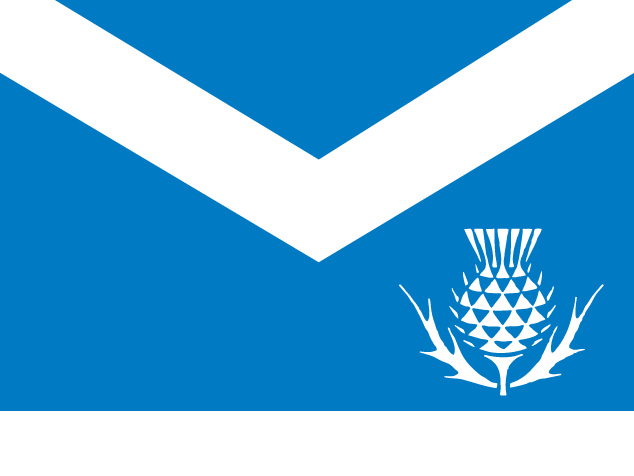
Clan Fergusson

A Brief History of Clan Fergusson
The name Fergusson and its history spreads from Antrim in northeastern Ireland to the shores of Dalriada under Fergus mor Mac Erc, into the Highlands and to Dunkeld. Through emigation, either forced or voluntary, the name Fergusson and its rich heritage have travelled throughout the world.As with world history much of the Clan Fergusson history has been lost through time and translation. It is generally believed all Fergussons claim descent from a very early king of the Scots, Fergus mor MacErc. The "Scotti" were well established in Dalriada (Argyllshire and the islands of Jura, Islay and Iona) by 500 A.D. The Scots spread from Ireland in the third century throughout "Caledonia" leavening the country around the ancient seats on the Tay and the Earn, spreading into Carrick and Galloway. According to Mediaeval historians Fergus was the founder of the Scottish monarchy.
Ayrshire and Dumfries Fergussons alike claim descent from Fergus, Prince of Galloway. The grandfather of Duncan Earl of Carrick and in turn great-great-grandfather to Robert Bruce, Fergus, restored the see of Whithorn and founded the Abbey of Dundrennan during the reign of David I and Malcolm IV. He died as a monk at Holyrood in 1161. Through Robert Bruce passes the line of the Royal Family of Great Britain.
It was the 1st Earl of Carrick's signature that might suggest the origins of the Fergusson surname, Duncan, son of Gilbert, the son of Fergus, hence MacFhearguis. The Gaelic spelling has been corrupted through tranlation into the forms, MacFergus, MacFerries, and MacFerris. Since the "f" and "g" are silent in the old language such variations as MacErries, MacHerries, MacKerras (especially common in Argyll and Australia) and even MacIrish were formed.
The Anglicised "Fergusson" was widely used by the reign of James IV. The shortened form of the name with the single "s" was initiated by record clerks before the 1600's. The common spelling of the day was "Fergussoun" and by the reign of Charles II, "Fergussone." In the modern era the Ayrshire, Dumfries, Argyll, and Perthshire families have retained the double "s" while those of Fife, Aberdeenshire, Angus and Ireland have the single "Ferguson."
We know with certainty that by the 13th century there were men in widely separated districts of Scotland which called themselves "sons of Fergus." It is recorded in the "Annals of Ulster" there was in 1216 a day of disaster to the "Clan Fergusa" at the hand of the Mormaer of Lennox's son. Through the passing of the ages however the particulars of the story have been lost.
In one of the oldest documents of Scottish history, the Irish Senchus Fer n-Alban ("Tract of the Men of Albyn"), ours is the only modern clan listed. Two offshoots of "Clan Fergusa" from the Royal Race are mentioned. It is thought that from these offshoots comes the possible origin of regional separations of Fergusson. Thus lending explaination as to why the Aberdeenshire, Atholl and Ayreshire clans are under the arms of the boars head and the Dumfries and Galloway Fergussons are found with the lion rampant arms.
Robert Bruce granted certain lands in Ayrshire to Fergus MacFergus, and in 1466 John Fergusson resigned a portion of his estate to Fergus Fergusson (of Kilkerran), his son, and Janet Kennedy, his wife. From this line stems Sir Charles Fergusson, 9th Baronet, and Baron of Kilkerran who holds the undifferenced arms as Chief of the Name.

